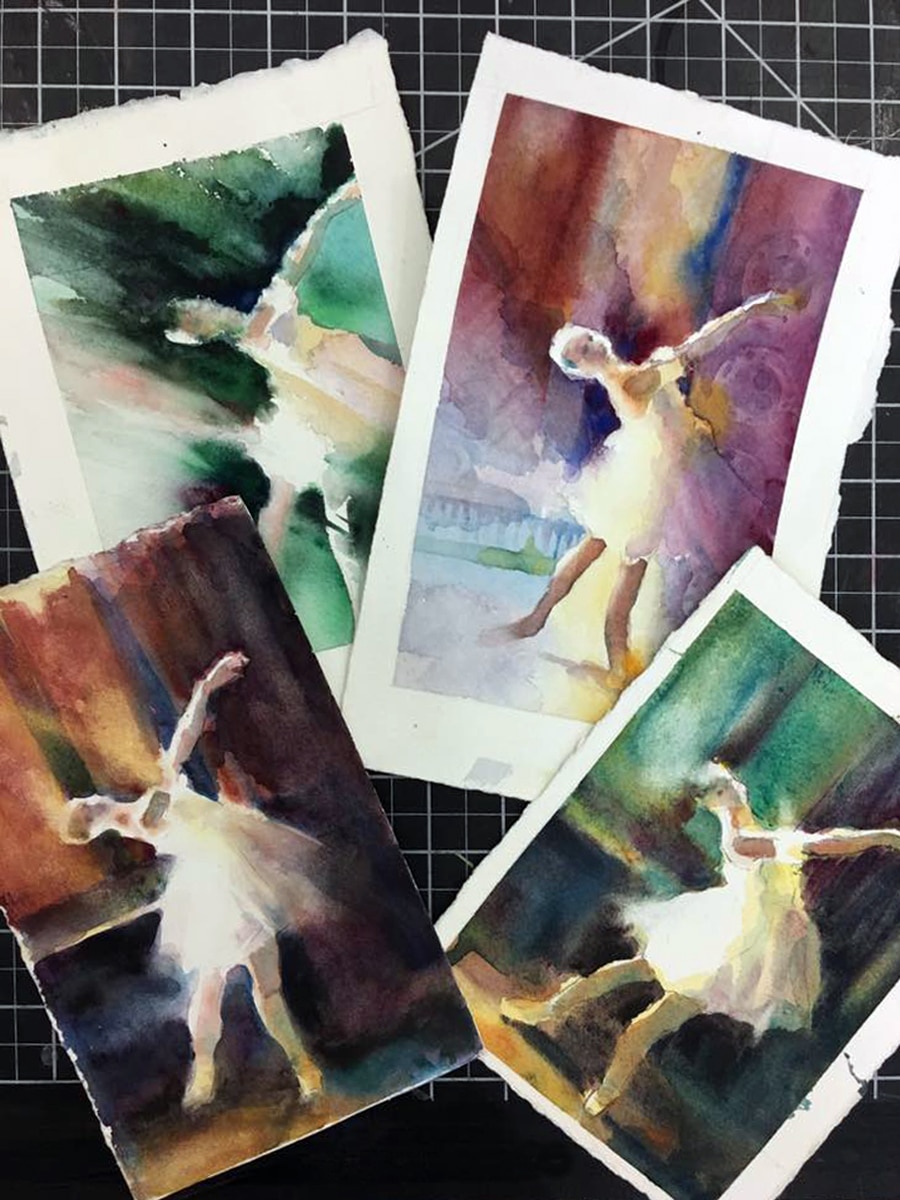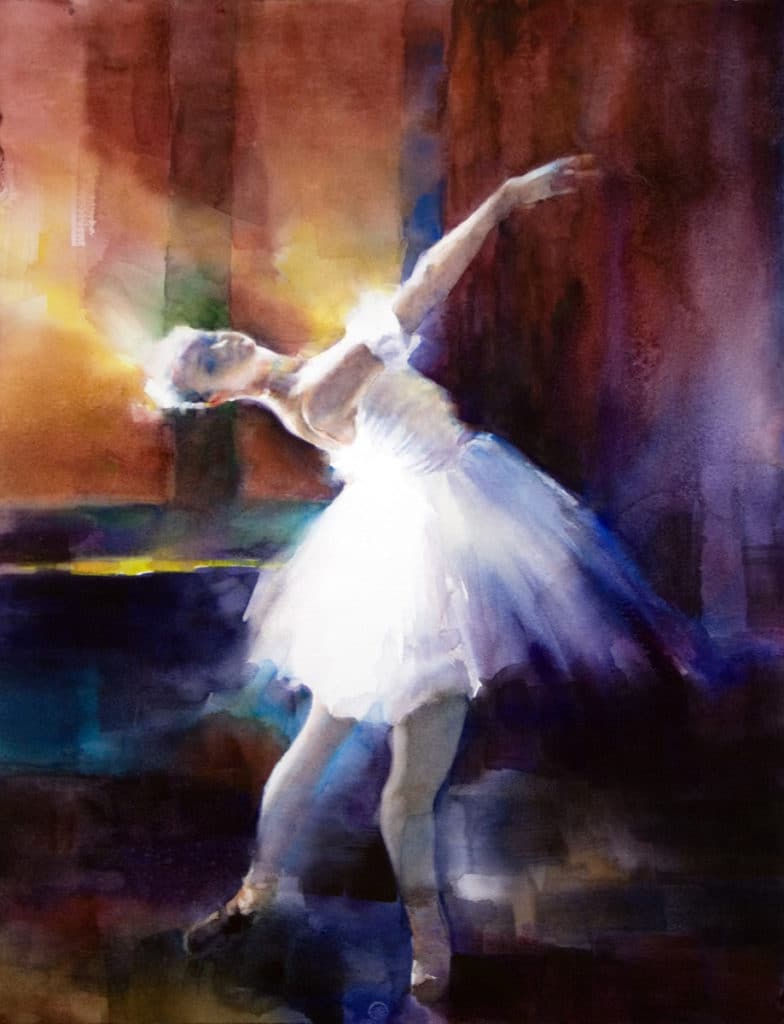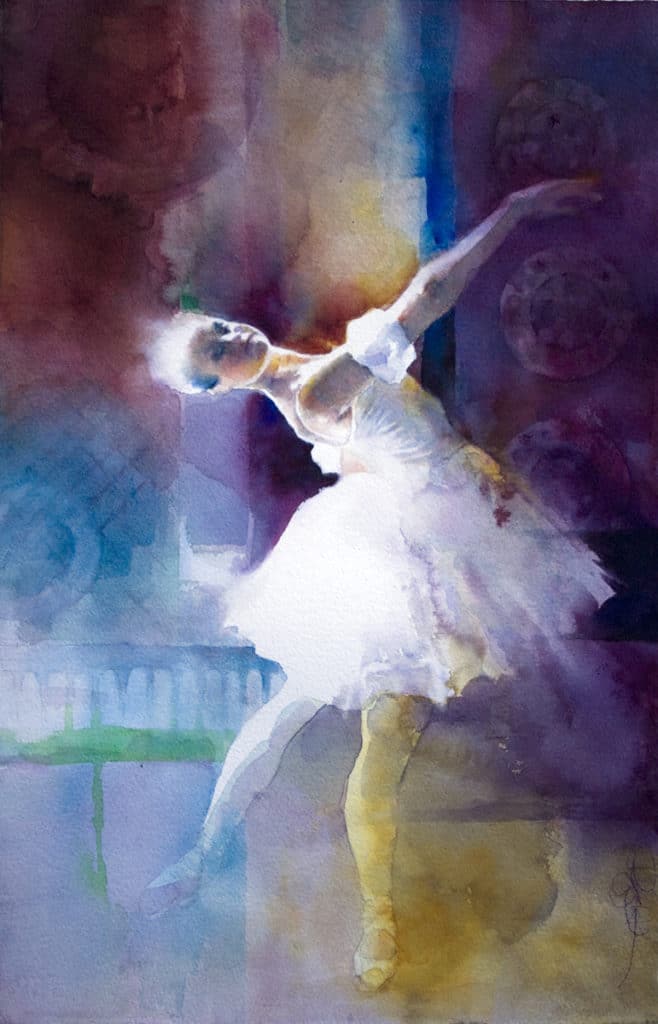By Peggi Habets

Color studies are small, quick paintings that help you plan for your larger works. They allow you to try a variety of compositions and color options without committing to any of them. Because the studies are small and can be done quickly, I often do three or four of them at a time. What I love about it is that I often end up with several different paintings of the same subject.
When you have your values and color worked out in small studies, you can approach your larger painting more confidently, with less changes. As a result, your painting looks more spontaneous and does not become overworked with adjustments.
Color Studies in Action
The color studies above could be turned into four separate paintings. Here are examples of two large paintings that came from this exercise.


6 Tips To Help You Get Started Creating Color Studies
• Keep your color studies small, 4 x 6 or 5 x 7 inches.
• Leave out the detail. Focus on simple shapes and values.
• Try a new color scheme that you’ve never used before. Remember that clothing, hair, grass, trees, even skin tones, do not have to be a realistic color.
• Think Papa bear (dominant color), Mama bear (secondary colors), and Baby bear
(discord, or accent colors).
• Mix complements for beautiful neutrals.
• Try different color wheels for new color combinations: Triadic, Munsell, Johannes Itten, Stephen Quiller.
Peggi Habets lives and works in her hometown of Pittsburgh. Her deep love for the fluidity and spontaneity of watercolor have led her to paint and teach the medium for over 15 years.
Inspired to take Peggi Habets’ color studies to the next level? Mario A. Robinson breaks down the process of painting watercolor portraits into easy-to-follow steps in Mario A. Robinson: Beginner Watercolor Portraits.
For more inspiring stories like this one, sign up for our free weekly e-newsletter.







